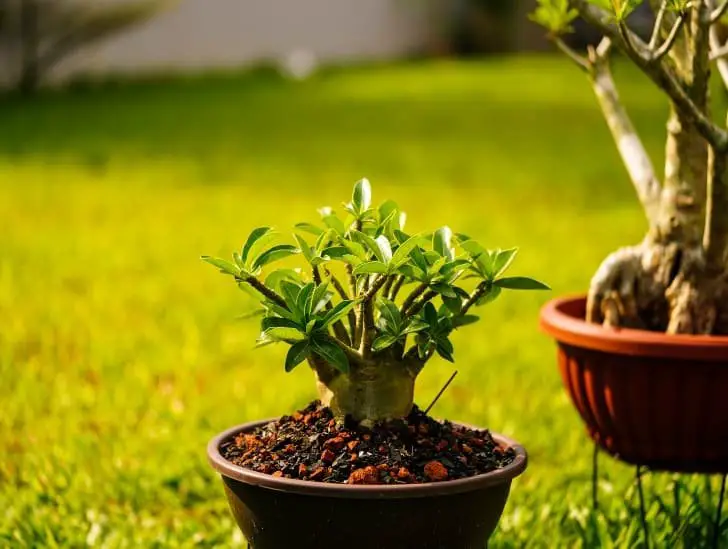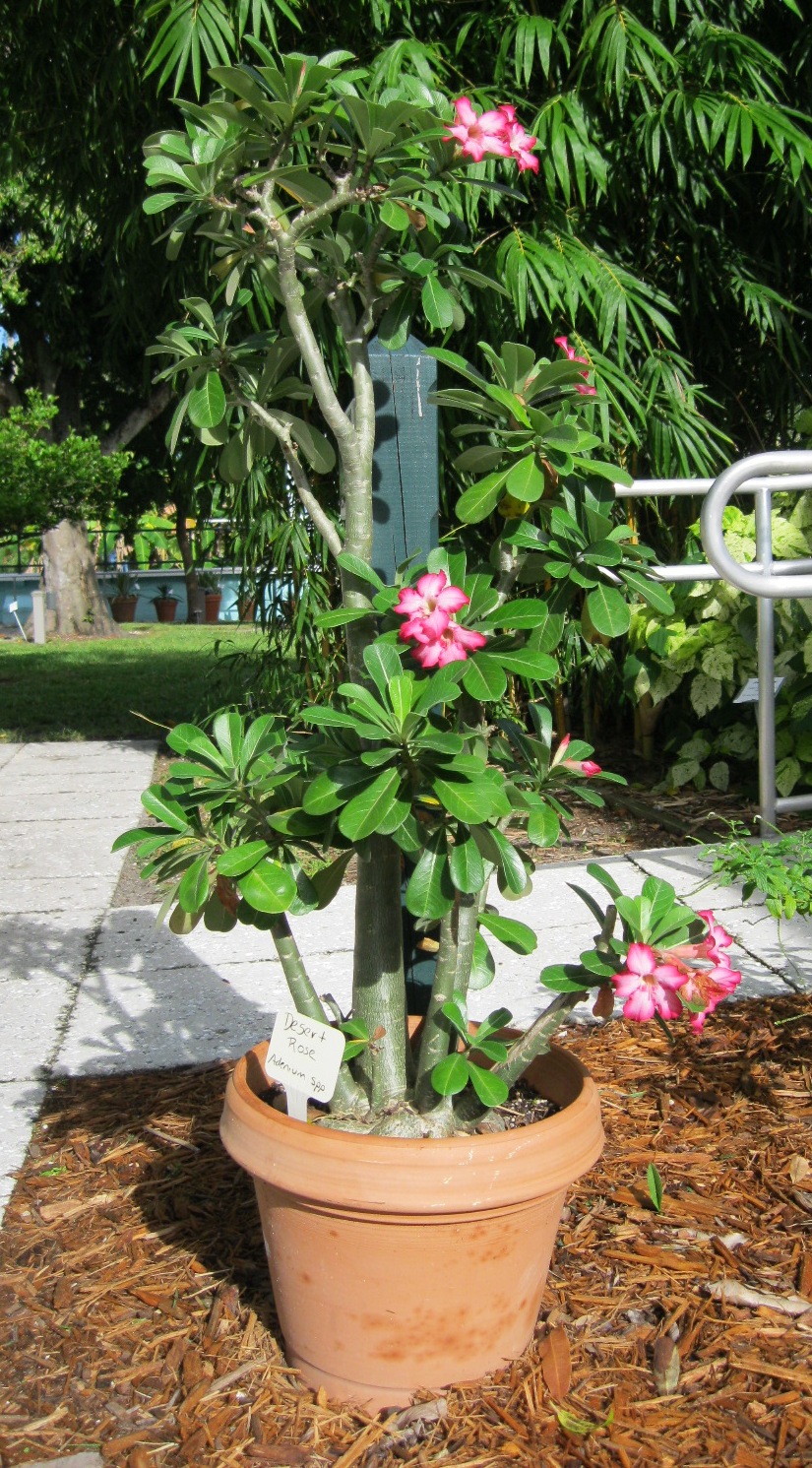Does Desert Rose Need Direct Sunlight

Desert rose (Adenium obesum) is a succulent plant native to the Horn of Africa and the Arabian Peninsula. It is also known as kudu, or hibiscus sabdariffa var. altissima.
The desert rose is a beautiful plant that can add color and interest to any landscape. It is relatively easy to care for and does not require much water or maintenance. The desert rose does best in full sun but can tolerate some shade.
HOW MUCH SUNLIGHT IS SUFFICIENT FOR ADENIUM PLANTS IN SUMMER MAY AND JUNE
Desert rose is a beautiful plant that blooms in shades of pink, red, and white. It’s a popular choice for gardens in warm climates, but does it need direct sunlight to thrive?
The answer is yes and no.
Desert rose can tolerate full sun, but it will bloom best with some afternoon shade. If you live in an area with hot summers, try planting your desert rose in a spot that gets morning sun and afternoon shade. It’s also important to make sure your desert rose has good drainage.
Overly wet conditions can lead to root rot, so be sure to plant in well-drained soil or raised beds.
With proper care, your desert rose will bloom profusely from spring through fall. Enjoy the beauty of this unique plant in your garden!
What Type of Soil is Best for Desert Rose
Desert rose (Adenium obesum) is a succulent plant native to the Horn of Africa and the Arabian Peninsula. It is a popular ornamental plant in hot, dry climates, and is also grown as a houseplant. The desert rose has long been used as a traditional medicine in its native range.
The desert rose is a drought-tolerant plant that can thrive in sandy, well-drained soils with little water or fertilizer. However, it will flower best if given some supplemental water during the blooming season. A heavy clay soil will cause the roots to rot, so it is important to choose a light potting mix for desert roses.
Some gardeners add perlite or sand to improve drainage.
How to Tell If Desert Rose Needs Water
Desert roses are beautiful and unique plants that can add a touch of elegance to any home. They are also relatively easy to care for, although they do require some special attention when it comes to watering. Here are a few tips on how to tell if your desert rose needs water:
The first thing you’ll want to do is check the soil. If it’s dry and crumbly, then it’s time to give your plant a drink. You should also look at the leaves – if they’re drooping or starting to turn yellow, that’s another sign that the plant is thirsty.
If you’re not sure whether or not the plant needs water, it’s always better to err on the side of caution and give it a little bit. Desert roses are tough plants and can handle being under-watered better than over-watered. Just be sure not to let the soil get too dry, as this can cause irreparable damage to the roots.
Desert Rose Dormancy
If you live in a climate that experiences cold winters, your desert rose (Adenium obesum) will most likely go dormant. During dormancy, the plant will lose its leaves and stop growing. This is perfectly normal and nothing to worry about.
Desert roses are native to Africa and Arabia, so they are used to hot, dry climates. In their natural habitat, they would experience periods of drought followed by rain. The rain would trigger new growth and flowering.
In our homes, we can simulate this cycle by allowing the plant to rest for a few months in winter with reduced watering. Then, in spring or summer, we can water it more frequently and give it some extra fertilizer to encourage new growth.
If you want your desert rose to bloom indoors during the winter months, you can provide artificial lighting with grow lights or place it near a sunny window.
Desert Rose Size
Desert roses, also known as Adenium obesum, are beautiful, flowering plants that are native to Africa and the Arabian Peninsula. They are commonly grown as houseplants or in outdoor gardens in warm climates. Desert roses come in a variety of colors including pink, red, white, and yellow.
The flowers grow on long stems and can reach up to 8 inches in diameter. The plant itself can grow to be 6 feet tall and has thick, succulent leaves. Desert roses require little maintenance and can tolerate long periods of drought.
However, they do need full sun and well-drained soil to thrive. If you live in an area with hot summers, it’s best to plant your desert rose in a spot that gets partial shade during the afternoon hours.
Desert Rose Fertilizer
If you’re looking to add a little extra nutrients to your Desert Rose plant, then you may want to consider using a fertilizer. Fertilizers can help promote growth and health in plants, and there are many different types available on the market.
When choosing a fertilizer for your Desert Rose, it’s important to select one that is high in potassium.
Potassium helps encourage blooming and overall plant health. You’ll also want to make sure the fertilizer is low in nitrogen, as too much nitrogen can actually stunt growth.
Once you’ve selected an appropriate fertilizer, you’ll need to apply it correctly in order to avoid damaging your plant.
When applying fertilizer to potted plants, it’s best to use a half-strength solution and apply it directly to the soil around the base of the plant. For outdoor plants, you can either broadcast the fertilizer around the base of the plant or mix it into the top layer of soil before watering.
As with anything else related to gardening, be sure to follow directions on the fertilizer package closely and don’t overdo it – too much of even a good thing can be harmful!
With proper care and feeding, your Desert Rose will thrive and provide you with beautiful blooms for years to come.

Credit: www.edisonfordwinterestates.org
How Much Sunlight Does a Desert Rose Need?
Desert roses are beautiful and unique flowers that thrive in dry, desert conditions. They need very little water and can tolerate high temperatures. But how much sunlight does a desert rose need?
Desert roses require full sun to partial shade. They do best in 6 to 8 hours of direct sunlight per day. However, they can also tolerate some afternoon shade, especially in hot climates.
If you live in an area with hot summers, it’s a good idea to plant your desert rose in a spot that gets some afternoon shade.
too much sun exposure can cause the leaves of the desert rose to turn yellow or brown and eventually drop off. If this happens, the plant will recover, but it may not flower as heavily the following season.
Can Desert Rose Take Full Sun?
The desert rose (Adenium obesum) is a beautiful, unique plant that can add a touch of the exotic to any garden. It is also fairly easy to care for, as long as you are aware of its few quirks. One question that is often asked about desert roses is whether or not they can take full sun.
The answer to this question is yes and no. Desert roses are native to Africa, where they grow in hot, dry conditions. This means that they are used to full sun and can tolerate it quite well.
However, you should be aware that if you live in an area with very hot summers, your desert rose may need some afternoon shade to prevent it from getting too much sun and burning its leaves.
Another thing to keep in mind is that desert roses like their soil on the dry side. If you live in an area with high humidity, you may need to water your desert rose more frequently than normal to prevent it from getting too much moisture and developing root rot.
Conversely, if you live in a very dry climate, you may need to water your desert rose less often than normal so that it doesn’t get too stressed from lack of moisture.
Overall, desert roses are tough plants that can handle a wide range of conditions. As long as you are aware of their preferences and adjust your watering accordingly, they should do well in full sun.
Where is the Best Place to Put a Desert Rose?
The best place to put a desert rose is in an area that gets full sun. Desert roses need at least six hours of direct sunlight each day to bloom well. They also need well-drained soil that is not too high in organic matter.
If you live in an area with hot summers, it is best to plant your desert rose in early spring so it can establish a good root system before the heat sets in.
Can an Adenium Plant (Desert Rose) Survive Without Direct Sunlight?
Can an Adenium plant (Desert Rose) survive without direct sunlight? adenium plant sunlight requirements are quite specific. While they can tolerate partial shade, these plants thrive in bright, indirect sunlight for at least a few hours each day. Without sufficient light, the growth rate and overall health of the plant may be negatively affected. Therefore, it is crucial to provide an Adenium plant with the necessary sunlight for its survival and well-being.
Should I Put My Desert Rose Outside?
If you live in a warm climate, your desert rose (Adenium obesum) can go outside year-round. It will enjoy full sun to partial shade and well-drained soil. If you live in a cooler climate, take your plant inside when nighttime temperatures start to dip below 50 degrees Fahrenheit.
Your desert rose will need more water when it’s actively growing in the spring and summer. Allow the top of the soil to dry out between watering, then give the plant a thorough soaking. In fall and winter, cut back on watering to allow the soil to dry out more completely between watering.
Fertilize your desert rose monthly during its active growing season with a balanced fertilizer diluted by half. Stop fertilizing in late summer or early fall so the plant can begin its natural resting period.
Pruning isn’t necessary for most desert roses, but if you want to encourage compact growth or shape the plant, do so after it finishes blooming in late spring or early summer.
Conclusion
Desert roses are a type of plant that can thrive in direct sunlight. In fact, they need at least six hours of sunlight per day to bloom. If you live in an area with hot summers, it’s best to plant your desert rose in a spot that gets morning sun and afternoon shade.